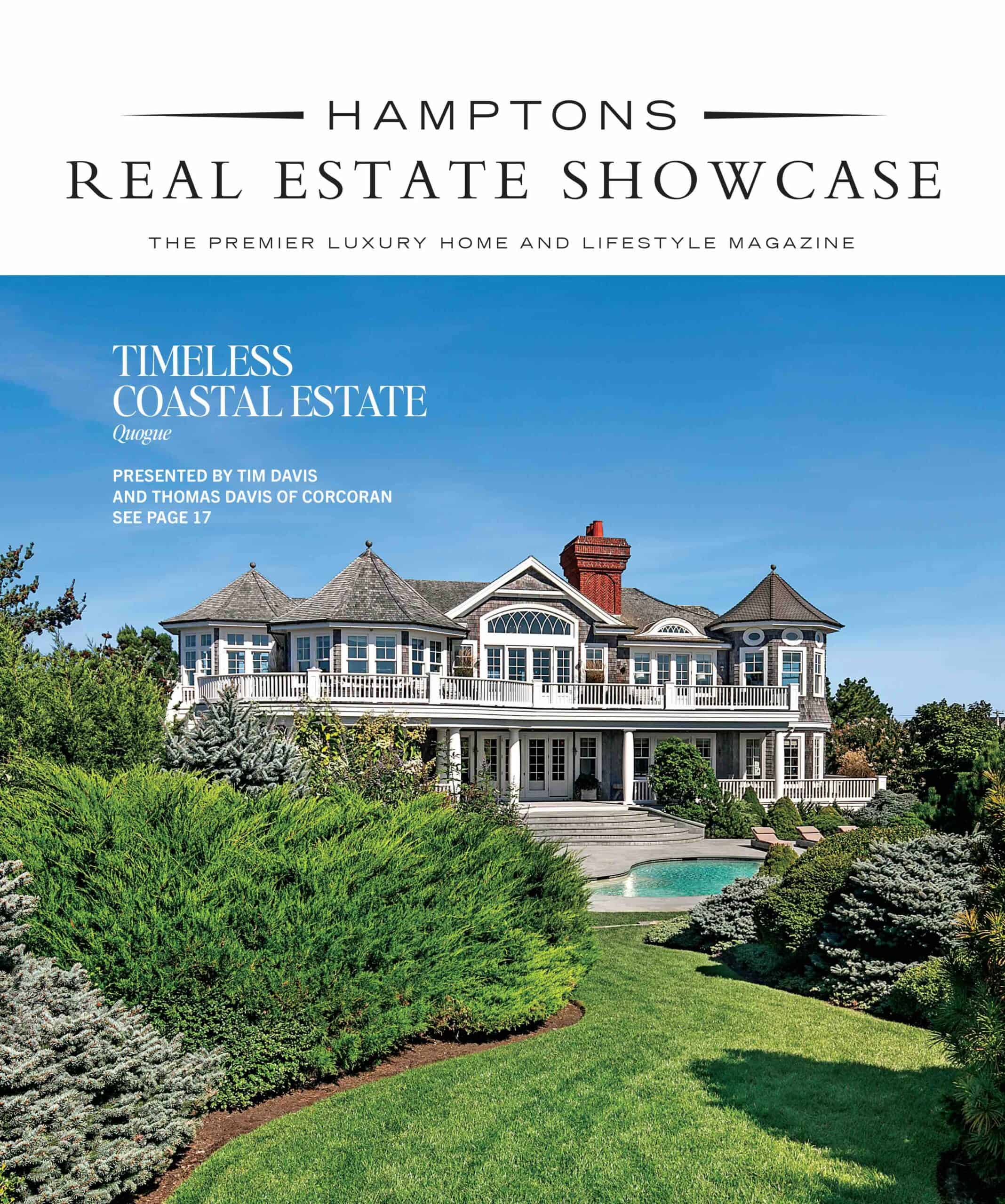East Hampton Artist Richard Mothes Explores the Impermanence of the Everyday
Born and raised in East Hampton, Richard Mothes wonders, “Is home a geographic location? Is it the people? The culture? What exactly makes home and how does that change over time?” There is an appealing, almost nostalgic air to his images which translates to locals as well as those who may not have the shared experience.
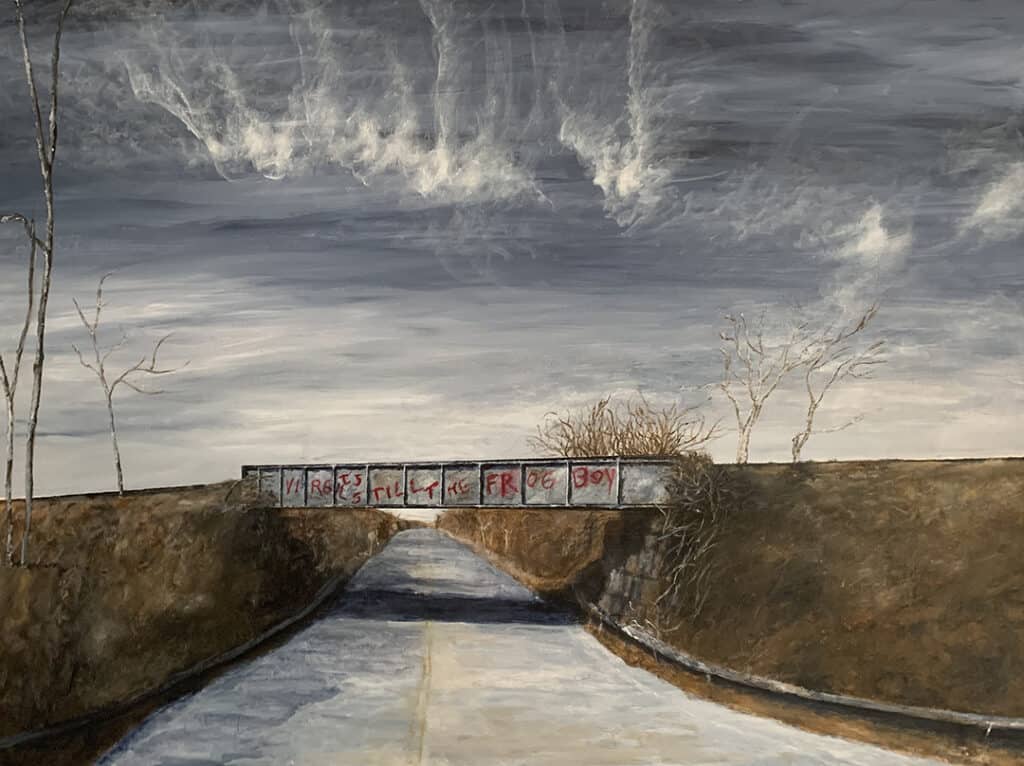
He explains, “My work explores the impermanence of the everyday. The artwork exists within the past, present and future telling the story of both the individual and environment within the space of their coexistence. Evoking emotions of loss, anger, regret, loneliness, love and rapture, each artwork invites the viewer to bring their own life experiences to the work. Nostalgic references are used as transportation to another time, not just as a respite from the present but as a concern for the future.”
Almost everyone who has spent time in the Hamptons has an iconic image which brings them back in time. It may be the homemade ice cream cone from The Candy Kitchen or the Big Duck or just a beach dotted with umbrellas and kids playing in the sand. One of Mothes’ paintings depicts the railway overpass with the graffiti, “Virgil is still the frog boy.” Locals well remember when this spray-painted phrase started appearing around town years ago, fueling speculation as to its meaning. “It’s evocative even if you don’t know who Virgil was. It’s more about the concept of who can Virgil be,” says Mothes, adding with a laugh, “And if you talk to a local person, they’re not going to tell you. You’ll have to find out for yourself.”
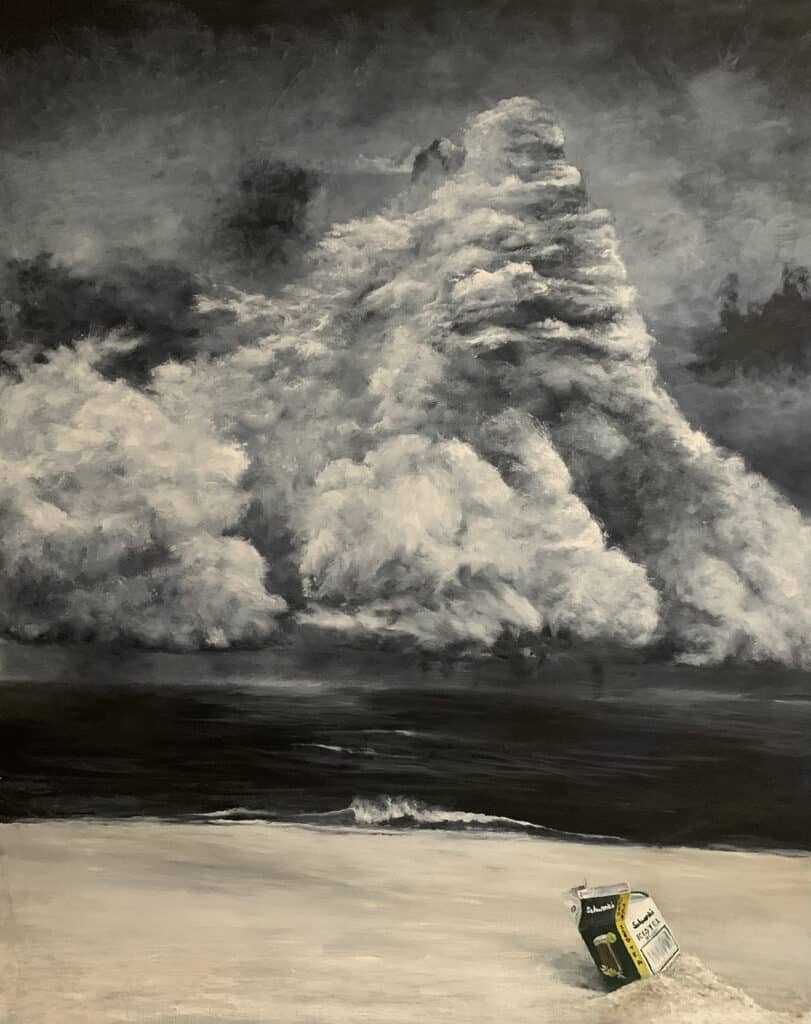
“A lot of my art is personal,” explains Mothes, “And I have learned to separate myself from the artwork because it’s all up to interpretation once it’s left my studio.” He gives the example of his beach painting with a small iced tea box in the foreground. “That green box represents my moment growing up on the beach. There’s a lot of emotional content for me but for someone else they think it’s just a piece of garbage. It’s like folk art. A lot of people may not get it unless you’re really engrained in that culture. But it can be a special moment for those who make the connection.”
Mothes not only creates art but lives amongst it. His living room in his home in East Hampton serves as his studio. “I have a very patient girlfriend,” he jokes. He uses not only layers and texture but color to evoke emotion. “I am a big fan of Andrew Wyeth and very muted tones,” he says, “It gives it a memory sort of feeling and is not so literal. Bright colors are great for attracting attention, but I want it to be more moody. I usually will go with a bluish grey then slowly add in just enough color to get my point across.”
Mothes is also deeply connected to the local artistic community. He started a mural competition, collaborating with Matt Rubenstein at The Clubhouse in East Hampton. “We walked around and saw they had a huge fence area, and we thought murals would be cool,” he says, “I love to see how artists come up with things.” Each of the 20 artists brought something different to their murals which were then judged by The White Room Gallery and Eric Fischl, complete with prize money. He also organized with East Hampton High School an exhibit which included not only the students but alumni, bridging generations for a show at the Clinton Academy.
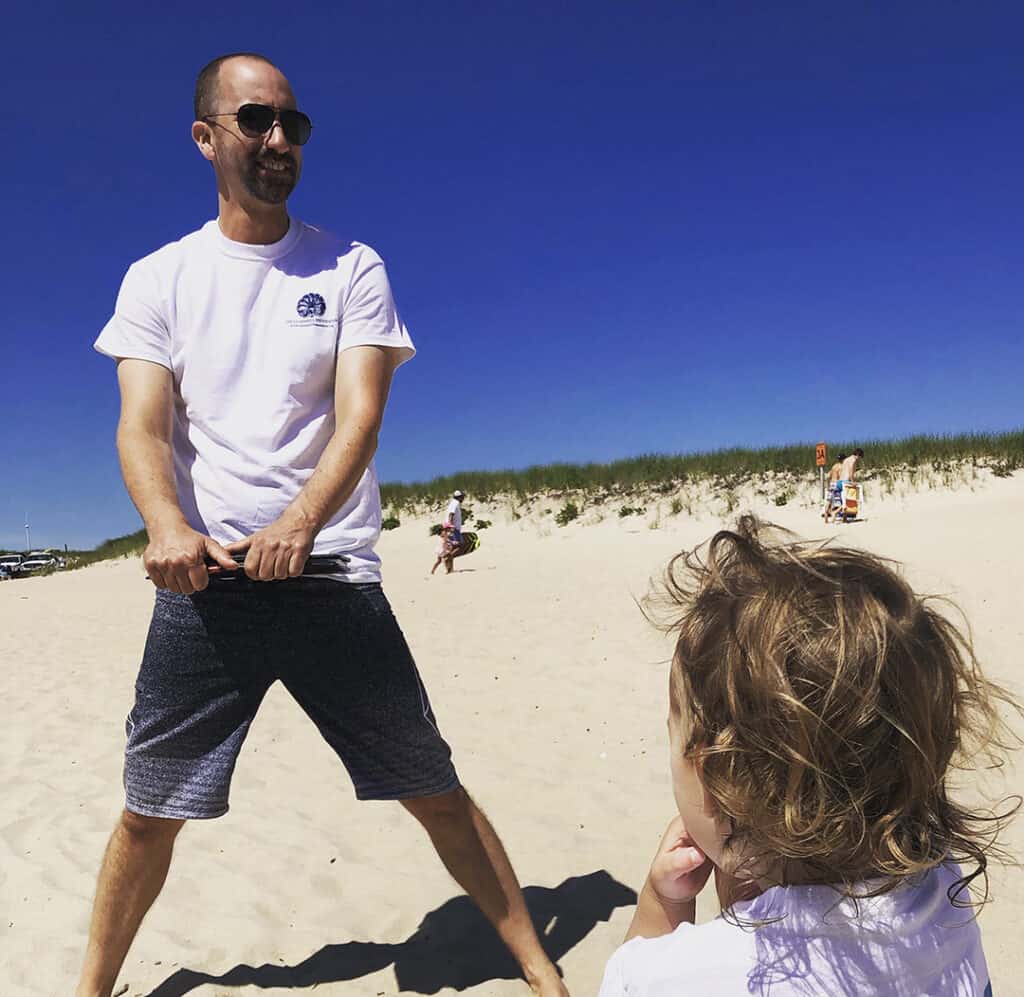
When asked his goals for the future he says, “My grand plan would be to have a creative center in East Hampton, a place with artist studios and say 10 artists working in one building and rotating so there is that collective energy.” He is lobbying for the covid testing center on Stephen Hands Path, a former charter school, as a potential venue. He states, “Community preservation doesn’t mean just land but culture.” A home sweet home for the next generation of local artists.









![When clients embrace bold ideas, the results speak for themselves. In this Sag Harbor home, designer Jessica Gersten played with sculptural form and layered textures to create something truly distinctive. From the forged-iron swing to a striking stairwell pendant that anchors the heart of the space, the finished design balances personality and livability in every room. [link in bio]](https://hamptonsrealestateshowcase.com/wp-content/uploads/sb-instagram-feed-images/586881005_18549106426030135_1053520189449566580_nfull.webp)
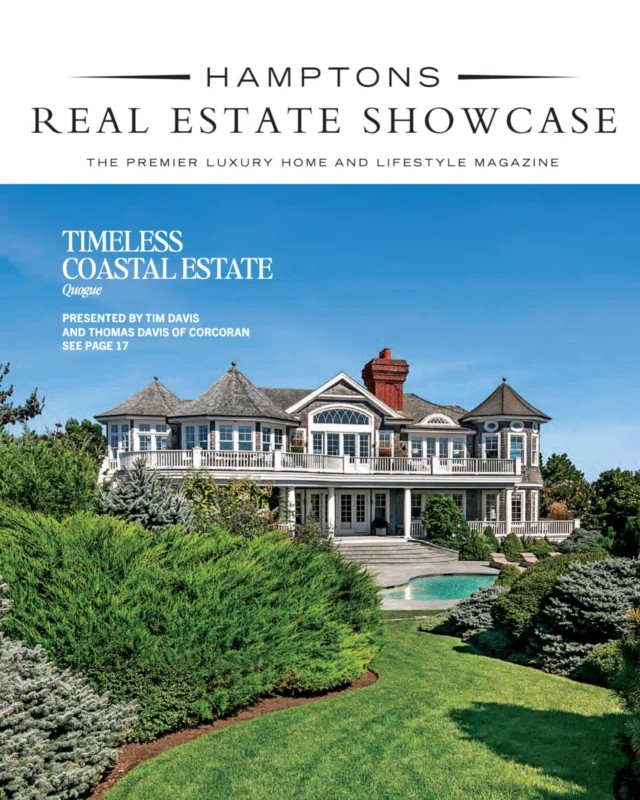
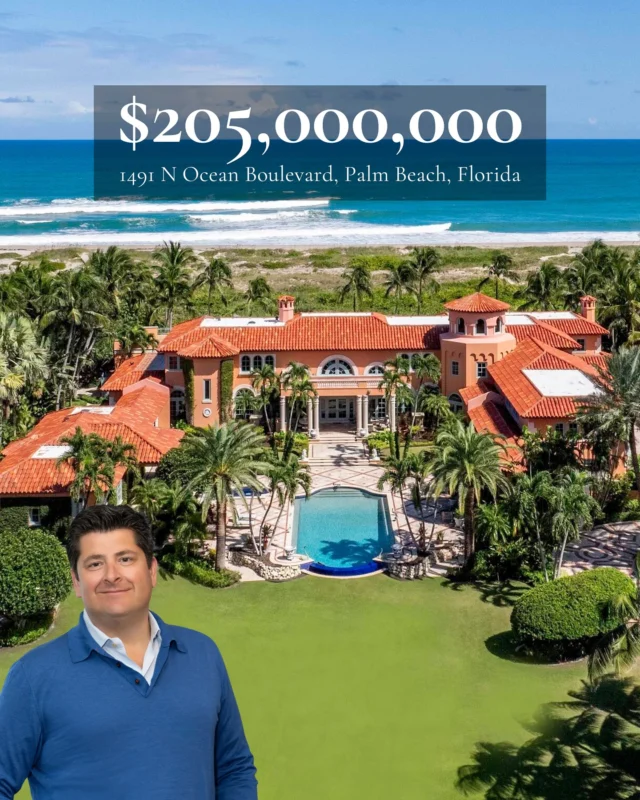

![Across continents and architectural styles, a distinct vision emerges. 🌎 George Lucas’s real estate portfolio brings together expansive ranchland, oceanfront enclaves, heritage estates, and city landmarks, each chosen with a curator’s eye. From Skywalker Ranch’s 4,700 acres to a secluded stretch of the French countryside, his properties honor place, history, and the pursuit of meaningful design. It’s a collection that speaks quietly, yet with remarkable depth. [link in bio]
📸: Araya Diaz/WireImage, Patrick Durand/Getty Images, Mike Kemp/In Pictures via Getty Images, Google Maps, Google Earth](https://hamptonsrealestateshowcase.com/wp-content/uploads/sb-instagram-feed-images/582214036_18548535424030135_3221221365131655942_nfull.webp)

![The magic of the movies is having a moment 🎬 From restored architecture to intimate screening rooms and curated cultural programs, today’s theaters are transforming into places where nostalgia meets innovation. Because sometimes, a great night out starts with popcorn and a story worth telling. [link in bio]](https://hamptonsrealestateshowcase.com/wp-content/uploads/sb-instagram-feed-images/583588404_18548343766030135_6137669070907015384_nfull.webp)
![There’s something special about cozy fall dinners by the fire 🍽️ Think rich seasonal flavors, hearty comfort food, and the kind of ambiance that makes you want to linger a little longer. The East End still has plenty to savor, no matter the season. [link in bio]](https://hamptonsrealestateshowcase.com/wp-content/uploads/sb-instagram-feed-images/581682943_18547899922030135_1872388649637312098_nfull.webp)
